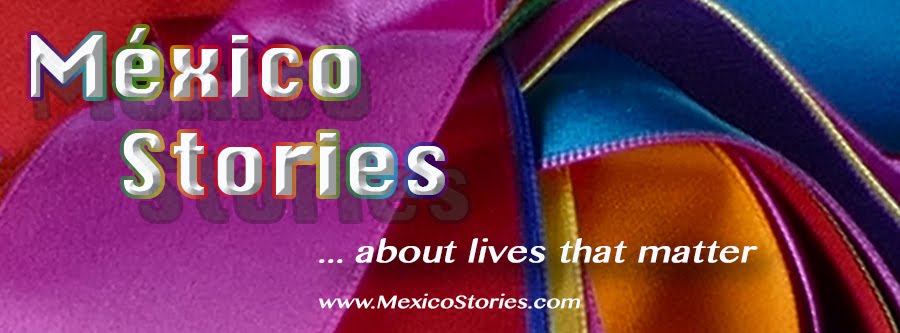One of the joys of Mexico is meeting artists … in their workshops, they become real people rather than names on a gallery or museum wall. I’ve had this pleasure several times while visiting Oaxaca, however, the most impressive in many ways was the alebrije workshop of Jacobo & María Angeles.
Read more
Read more
It was love at first sight when I found the alebrijes (fantastical painted creatures) of Jacobo and María in Voces de Copal. Seeing their incredible work sent me to their website where I found a connection to my other passions of creativity, innovation and collaboration. When I read, "… we are a solid team whose main tool is innovation," I was hooked, especially when I saw the values they aspire to: innovation, tradition, spirit, team.
 |
| First view of Jacobo & Maria's work |
The taller (workshop) of Jacobo and María in San Martín Tilcajete, Oaxaca, employs over 100 people from ages 15 to 70. They invite anyone to join the workshop and learn the practices. Those who show determination and talent continue on the path to becoming master artisans.
Alebrijes are carved from the sacred copal tree and the widespread popularity of alebrijes has added to the decline of the copal population. In the 1990s, Oaxaca painter, Rudolfo Morales began a reforestation program and this workshop began it’s own program in 2010 and in 2014, they gathered more than 200 people to plant 2,000 saplings. Their website explains their dedication to the copal: The copal has shaped our destiny as artisans and as human beings; it has made us conscious of the place we inhabit; it has given us identity and recognition of our history.
 |
| A student-artisan in the workshop |
Oaxaca Alebrijes: Nahuals and Tonas - Manuel Jiménez Ramírez, a native of San Antonio Arrazola, Oaxaca, is considered the creator of Oaxacan alebrijes. It was he who introduced the concept of the nahual to the pieces. In Mexican culture, the nahual is an animal fused with a human. The nahual is a protector who defines your personality depending on the year and day you are born. Tonas, of which there are twenty, are animals which represent the Zapotec calendar.
It has little to do with Mexican folk art, but you might find it fun to know more about your Mayan astrology. Click here to find out more.
In case you won't be coming to Oaxaca soon, here’s your own 3-minute visit to this amazing workshop:
 |
| Click here to watch video. |



No comments:
Post a Comment